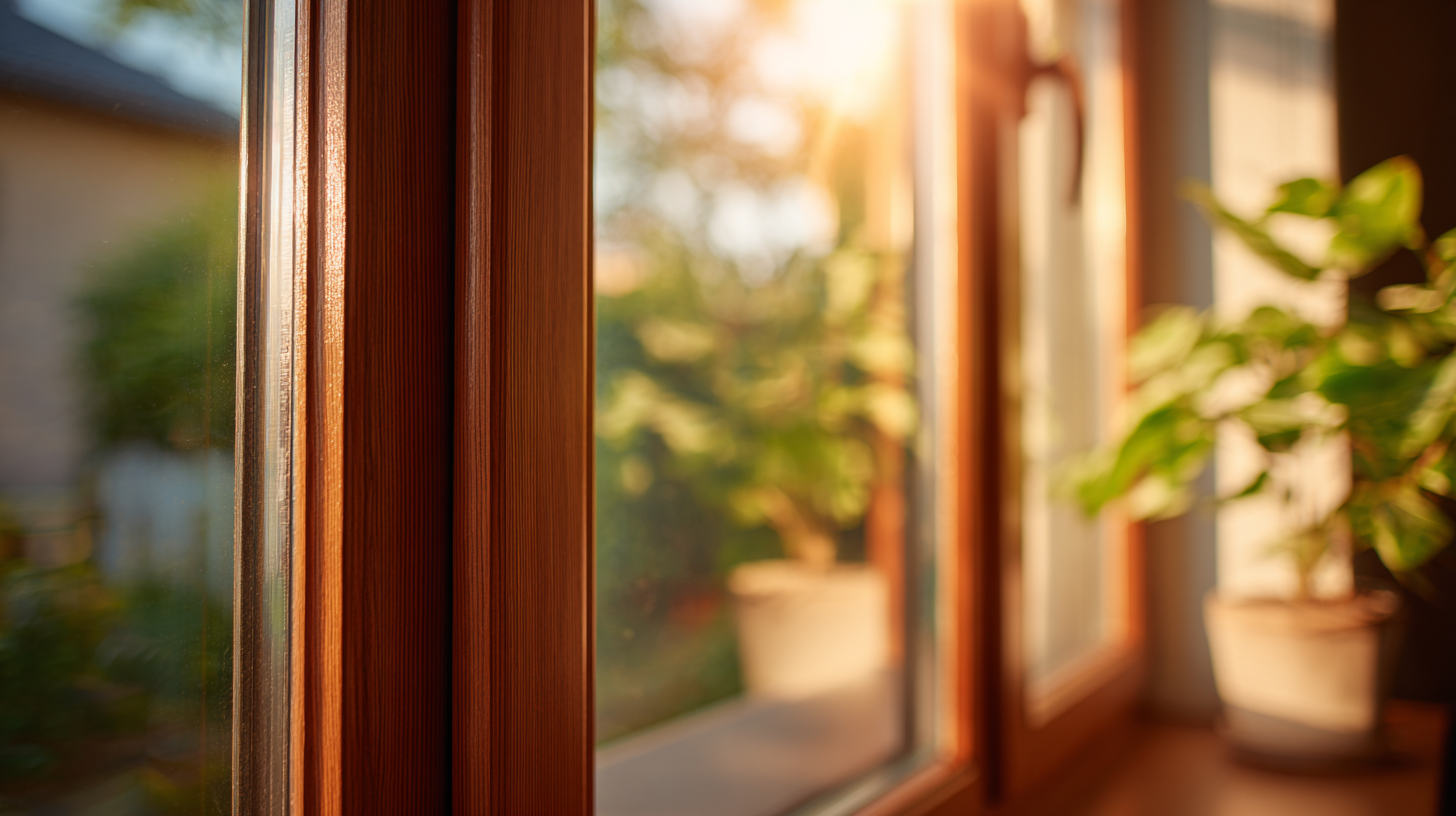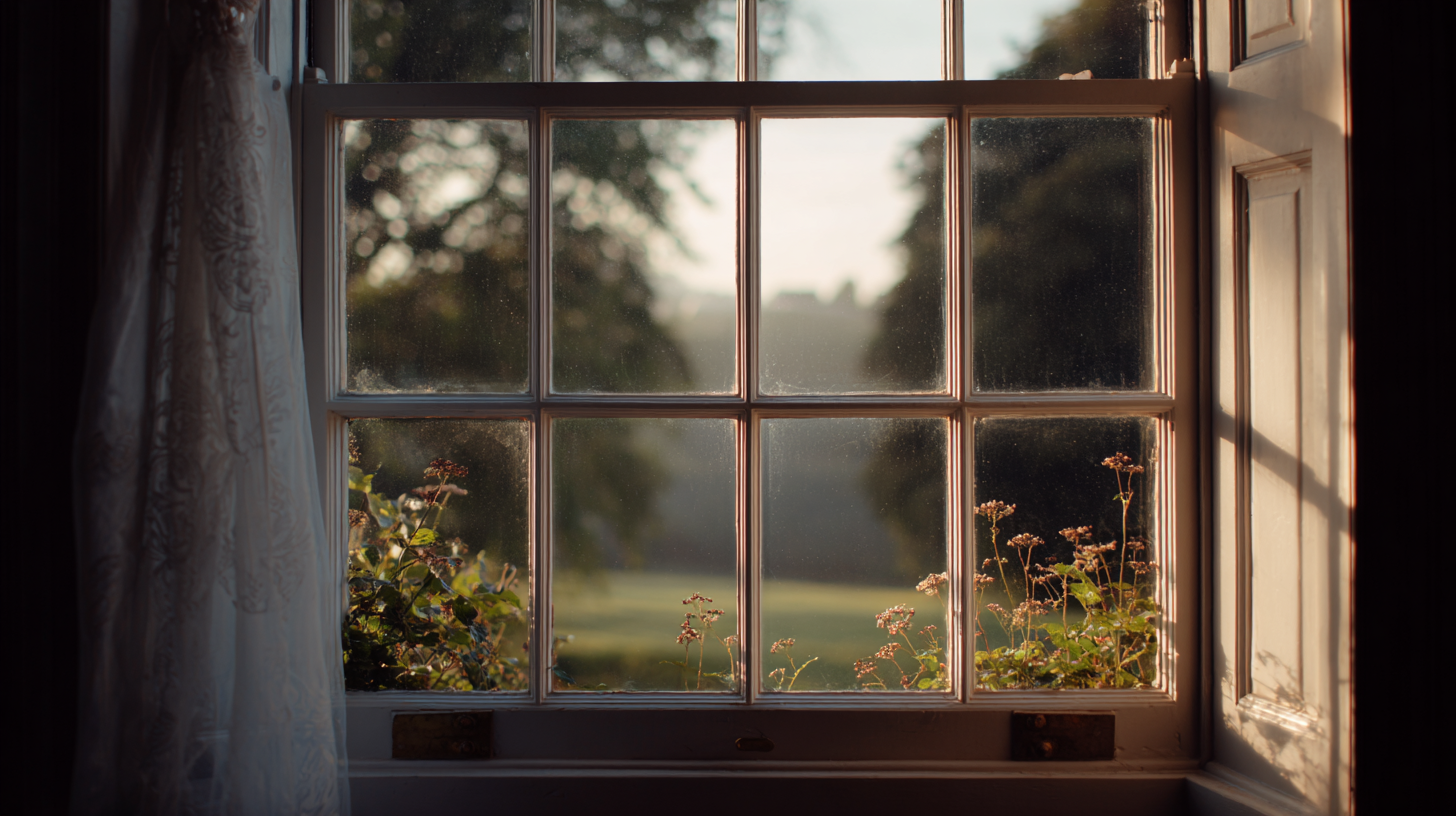In today's home improvement landscape, effective window fixing has become an essential skill for homeowners seeking to enhance their property’s energy efficiency and comfort. According to the U.S. Department of Energy, windows account for up to 30% of heating and cooling energy use in residential buildings, highlighting the importance of maintaining and repairing them properly. As homeowners increasingly prioritize sustainability and cost savings, understanding the key steps involved in window fixing is more vital than ever.
Moreover, a recent report by the National Association of Home Builders indicates that effective window repairs can yield a return on investment of up to 75%, making it a financially savvy choice. With advances in repair technologies and materials, homeowners now have access to innovative solutions that not only restore the functionality of their windows but also improve their aesthetic appeal. This guide aims to provide a comprehensive step-by-step approach to tackling common window issues, empowering homeowners to take control of their home’s maintenance and reap the benefits of effective window fixing.

Windows are a critical component of any home, yet common issues can often go unnoticed until they escalate. According to studies from the American Home Improvement Association, approximately 30% of homeowners report having window-related problems, ranging from poor insulation to malfunctioning locks. These issues not only affect energy efficiency but can also compromise home security. It’s essential for homeowners to understand these challenges and the need for timely repairs.

To maintain windows effectively, consider these tips:
By being proactive and aware of common window problems, homeowners can not only safeguard their investments but also enhance the overall comfort and security of their living spaces.
When it comes to window maintenance and repair, having the right tools at your disposal is essential for every homeowner. The Window and Door Manufacturers Association (WDMA) reports that proper window maintenance can extend the life of your windows by up to 20 years, making it crucial to equip yourself with essential tools. A basic toolkit should include a tape measure for accurate measurements, a level for ensuring proper alignment, and a utility knife for cutting materials and removing old seals. Additionally, weather stripping kits are vital to improve energy efficiency, as properly sealed windows can reduce heating and cooling costs by approximately 10% according to the U.S. Department of Energy.
Incorporating tools like caulking guns and silicone sealants will help in addressing leaks and drafts effectively. A study by the National Renewable Energy Laboratory (NREL) indicates that air sealing windows can lead to savings of approximately $200 annually on energy bills for an average household. Furthermore, having a ladder and safety equipment is crucial for accessing upper-story windows safely. By investing in these tools and prioritizing regular maintenance, homeowners not only ensure the durability of their windows but also enhance their home's overall energy efficiency.
| Tool Name | Use | Frequency of Use | Estimated Cost |
|---|---|---|---|
| Screwdriver Set | For tightening or loosening screws on window frames | As needed | $15 - $30 |
| Caulking Gun | For sealing gaps and preventing drafts | Annually | $10 - $25 |
| Putty Knife | For applying and smoothing caulk or putty | As needed | $5 - $15 |
| Measuring Tape | For measuring window dimensions for repairs | As needed | $10 - $20 |
| Safety Glasses | For protecting eyes during repairs | As needed | $5 - $15 |
| Hammer | For driving nails when installing or repairing window frames | As needed | $10 - $30 |
When it comes to addressing window damage, the first step is identifying the specific issues affecting your windows. Look for visible signs such as cracks, discoloration, or moisture buildup between glass panes. These indicators often suggest a failure in the seal or structural integrity. Additionally, check for any warping or difficulty in opening and closing the windows, which can compromise energy efficiency and security.
Tips: Use a magnifying glass to closely inspect the seals and frames for any hidden damage. If you notice uneven gaps or air leaks, these could be significant indicators that a repair or replacement is necessary.
Once you've assessed the visible damage, consider the age of your windows and the climate in your area. Older windows may have deteriorated due to prolonged exposure to weather elements, making them more susceptible to damage. Evaluating the effectiveness of your current windows in terms of insulation can help determine whether repairs or a complete upgrade is the more cost-effective solution.
Tips: Conduct a simple energy audit by checking for drafts during windy days, which can signal poor sealing. If energy bills are higher than usual, it could also be a sign that your windows need attention.
When it comes to window repair, homeowners face a critical decision: tackle the job themselves or hire a professional. A cost analysis reveals significant differences between the two options. DIY window repair can appear more attractive economically, with costs typically ranging from $50 to $200 for materials, depending on the extent of the damage. For minor issues such as cracks or gaps, homeowners can often use caulk, sealant, or even simple glass repair kits, potentially saving hundreds of dollars.
On the other hand, professional services can provide a thorough solution, especially for extensive damages or safety concerns. According to industry reports, hiring a professional can range from $200 to $1,500, depending on the complexity of the job and the type of window involved. While the upfront cost may be higher, the peace of mind and quality assurance that come with professional services are invaluable. Moreover, neglecting to properly repair damaged windows can lead to higher energy costs and structural issues down the line, which could amplify the overall expenses. Therefore, homeowners should weigh the immediate savings of DIY repairs against the long-term benefits of professional expertise.

Regular window maintenance is crucial for homeowners looking to enhance energy efficiency and achieve long-term savings. Over time, windows can develop issues such as drafts, condensation, and wear on seals, which compromise their insulating properties. By addressing these concerns proactively, homeowners can prevent significant heat loss during winter months and minimize excessive heat gain in summer. Regular inspection and maintenance of windows not only ensure a comfortable living environment but also contribute to lowering energy bills, making it a smart investment.
Moreover, well-maintained windows can extend the lifespan of the window units themselves, reducing the need for costly replacements. Simple practices such as cleaning the frames, checking for air leaks, and ensuring proper sealing can significantly improve performance. Additionally, investing in energy-efficient window options, such as double or triple glazing, can further enhance savings and comfort. Ultimately, a commitment to routine window care translates into fewer repairs and replacements, resulting in healthier finances for homeowners in the long run.





